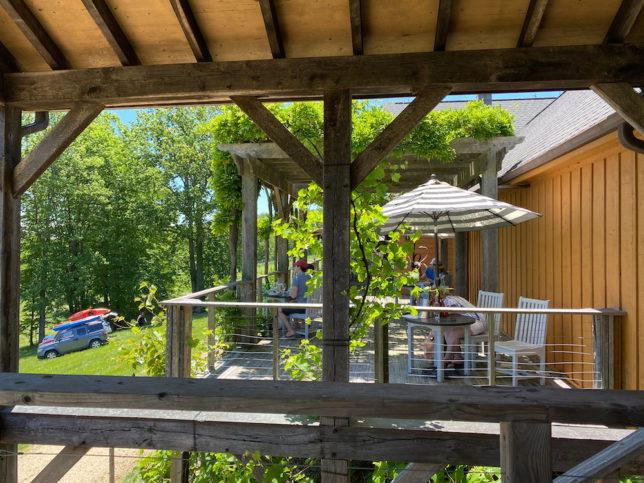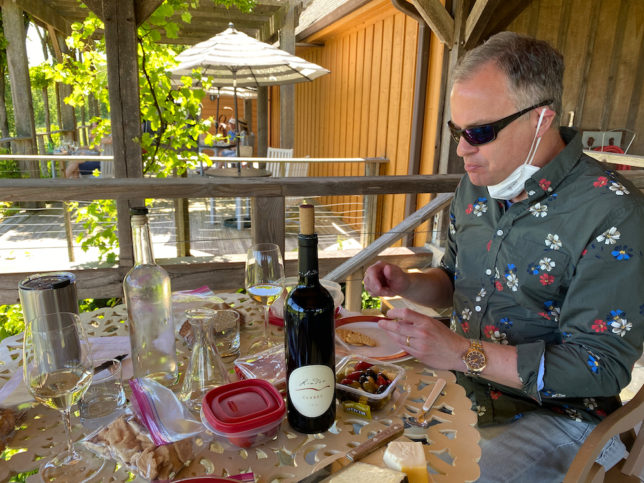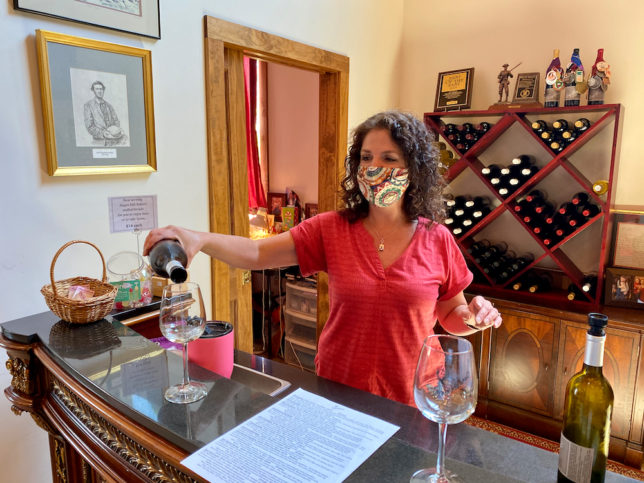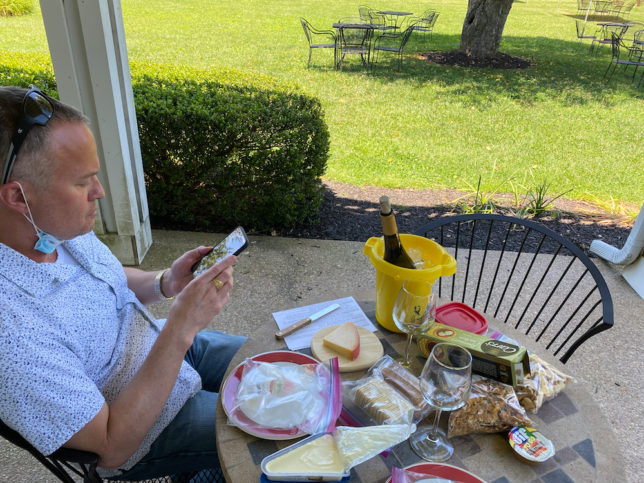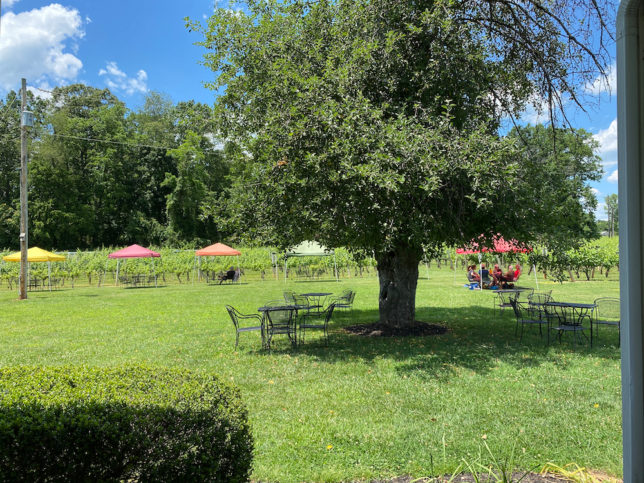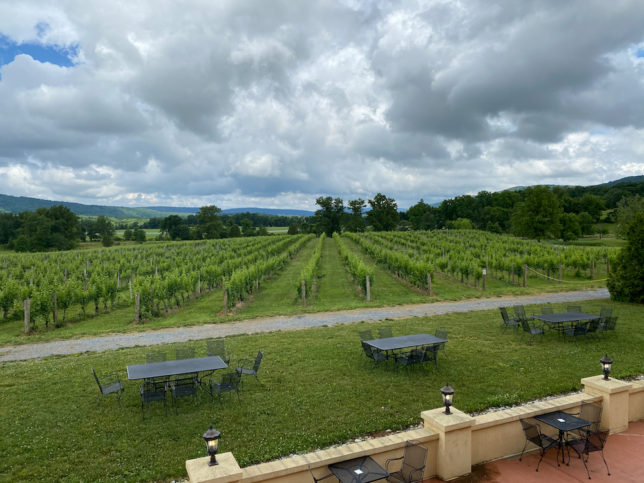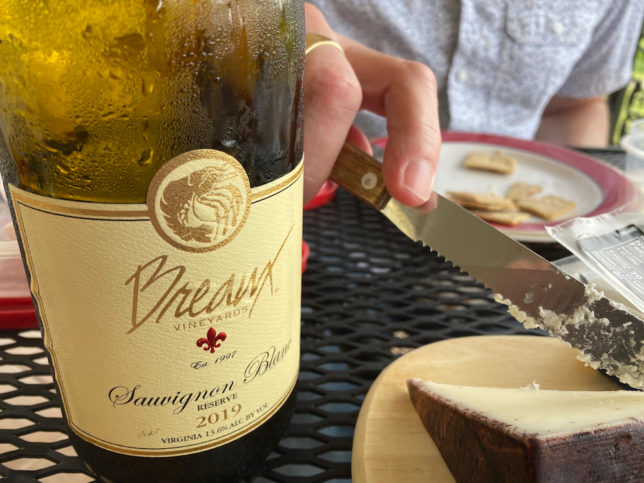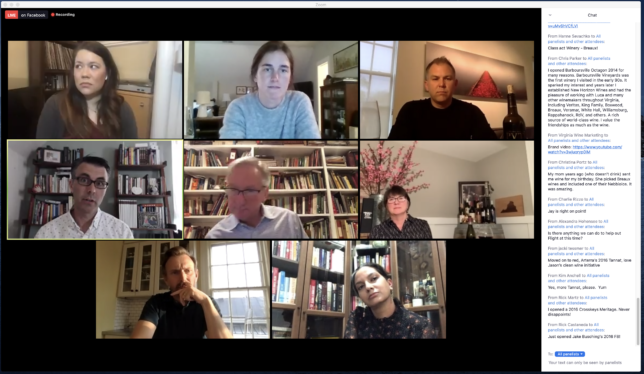Paul and I were honored to be included in the Media & Industry Experience, an event planned by Frank Morgan and Nancy Bauer, to showcase wines produced in the Monticello area. The event happened to coincide with a vacation that we had already planned to the area, so our next posts will also feature our own winery experiences.
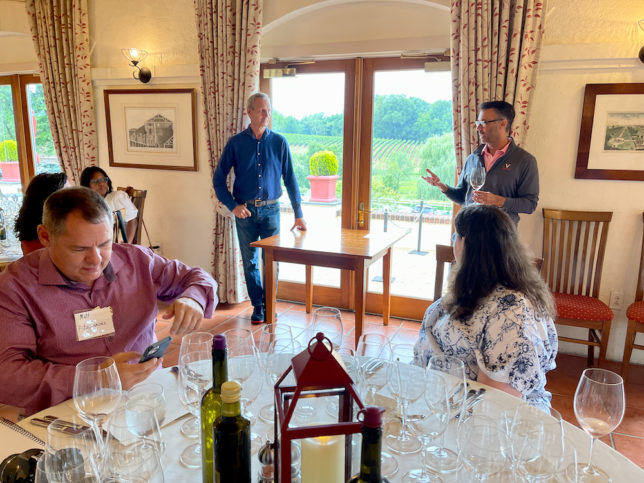
The event opened on August 1 with a lunch prepared by chef Michael Clough of Palladio restaurant located on the Barboursville estate. Attendees were treated to a an exquisite food and wine pairing that included:

Barboursville’s winemaker, Luca Paschina, provided a summary of his history in the Virginia winemaking industry with an emphasis on his own evolution as a winemaker in a state that can challenge even the most skilled winemaker. Readers may know that Paschina is from Italy and began his work with the Zonin family over 30 years ago. For Paschina, his task in the 1990s was to discover through trial and error what grape varieties grew best in Virginia and then how to craft the grapes to present wines that expressed a sense of place. In that time, Paschina has experimented successfully not only with grapes known to show well in Virginia such as Cabernet France but also Italian grapes such as Nebbiolo, Vermentino, Fiano, and Falanghina. One example of success was the 2018 Nascent, a blend of Viognier, Vermentino, and Falanghina that presented a fuller, expressive palate with elements of white flowers, tropical fruit and citrus to pair nicely with the main entree, a grilled tuna served atop panzanella salad.
We were then given a brief but informative vineyard tour after lunch by Luca. It was evident to us that the 2021 growing season has been excellent due to ideal summer weather conditions.

A wine tasting and barbecue dinner was the evening’s event and it was hosted by Afton Mountain Vineyards. How odd that both Paul and Frank Morgan wore the same Hawaiin shirts for the festive occasion. Was this a coincidence? As they marveled at the coordinated fashion statements made by these two, attendees were able to sample wines from:
Afton Mountain Vineyards
Blenheim Vineyards
Flying Fox Vineyard
Hark Vineyards
Jefferson Vineyards
Keswick Vineyards
King Family Vineyards
Michael Shaps Wineworks
Pollak Vineyards
Veritas Vineyards
Wisdom Oak Winery
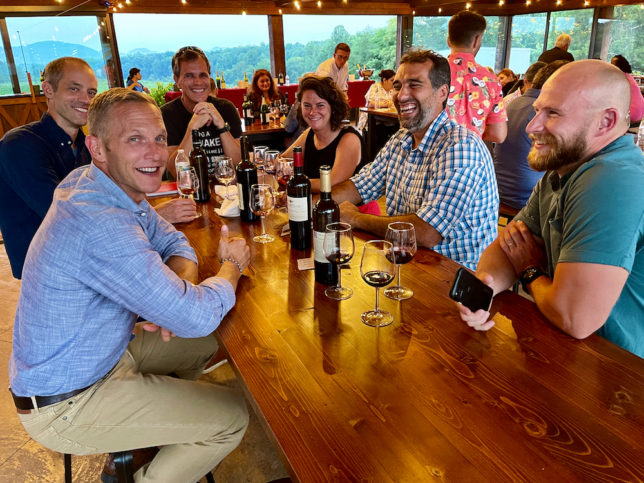
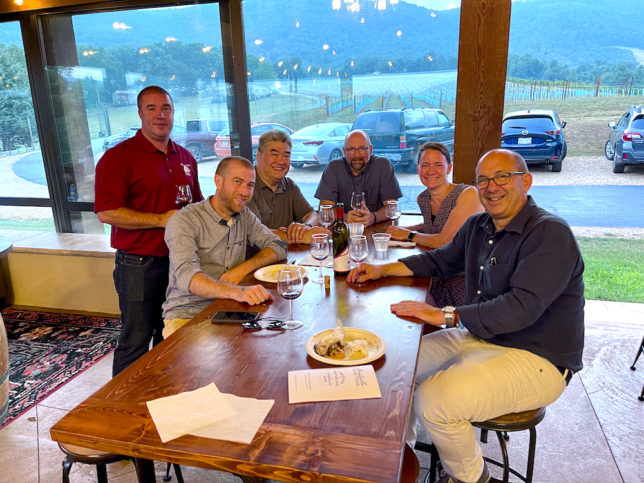
Craig Hartman of The Barbecue Exchange provided pulled pork and chicken with an array of sauce options.
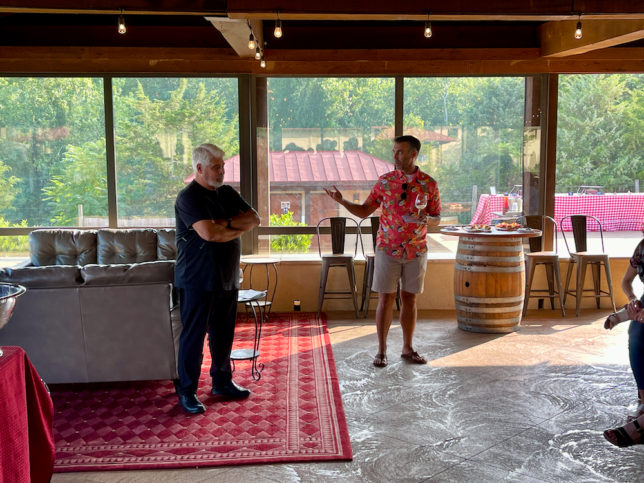
The Media & Industry Experience concluded on August 2 with a series of seminars on Virginia wines that included Petit Manseng, Cabernet France, and “others”. We were able to attend the session conducted by Frank Morgan that featured Cabernet Franc. Winemakers Kirsty Harmon, Tim Gorman, Luca Paschina, and Stephen Barnard were on hand to educate attendees and to answer their questions. They each also provided pours of their own Cabernet Francs, and these ranged from lighter-style productions more common from the Chinon region of France to fuller-bodied styles. The panel agreed that Cabernet Franc best expressed Virginia as a wine region. All agreed that vineyard management and making critical decisions regarding harvest time were key to making excellent Cabernet Franc. This seminar was followed by a lunch hosted by King Family Vineyards and prepared by chef Laura Fanner.
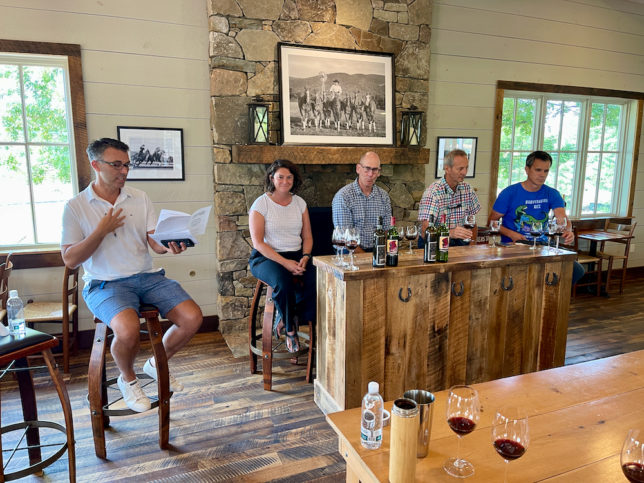
Nancy Bauer moderated the final seminar of the day and featured second labels and “side hustles” of Virginia winemakers who, in addition to crafting wines for established wineries also produce wines under their own personal labels. These winemakers included Jake Busching (Jake B Wines), Caitlin Horton (Gears & Lace), Matthieu Finot (Domaine Finot), and Tim Rausse (Vino Dal Bosco).
Paul and I learned so much from the Media & Industry Experience, and the key take away was that Virginia continues to evolve as a wine region of note because excellent winemakers understand what it takes to create Virginia wines that express a sense of place. Please visit the wineries on the Monticello Wine Trail, and mention that Virginia Wine Time sent you!
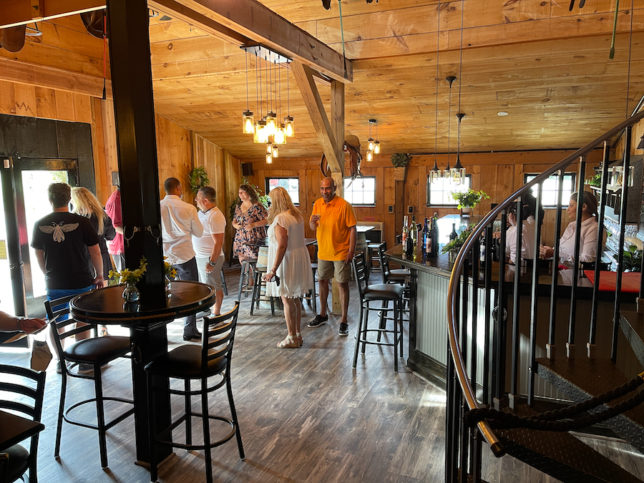
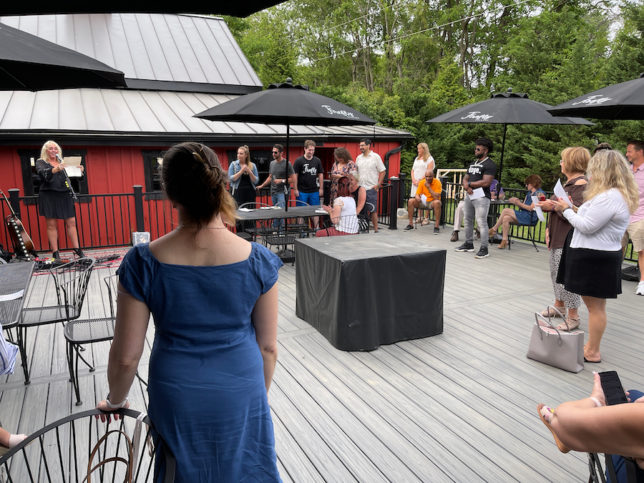
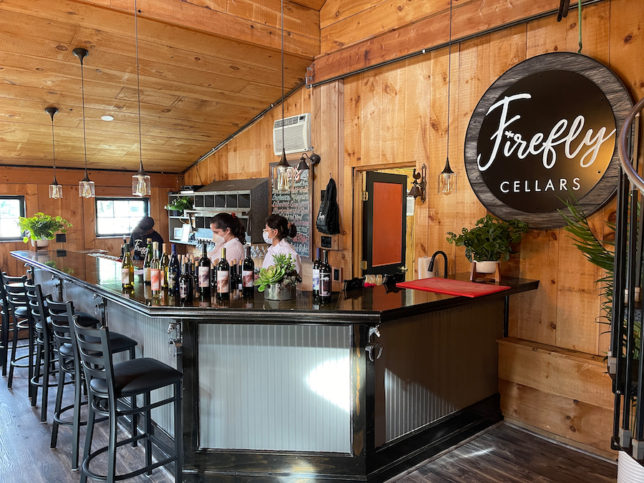
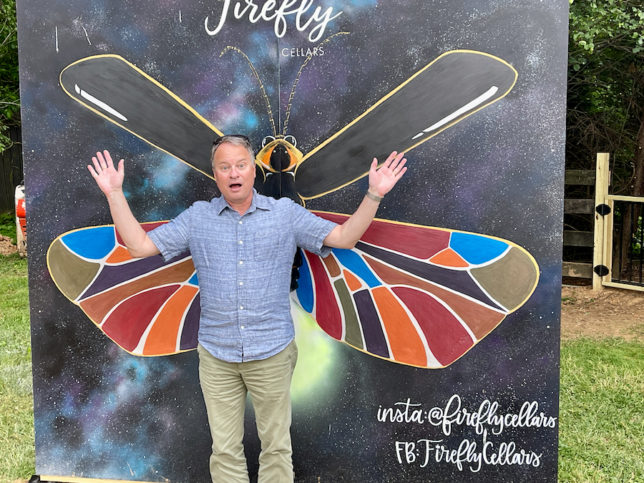
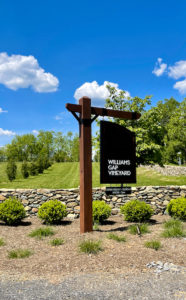 It does appear that there is a rainbow on the horizon after the Covid storm disrupted our lives. The resulting isolation and then socializing within bubbles may be bursting as vaccines make us all less wary of resuming our pre-Covid lives. Paul and I are now reconnecting with friends who have been seen either through computer screens or messaged via chats. It was therefore a welcome relief to meet up with our friend Erica Johansson, who is also a Virginia wine aficionado. This also gave us the opportunity to reconnect with the Virginia wine trails to discover new (to us in some cases) wineries, and this was the case with a visit to
It does appear that there is a rainbow on the horizon after the Covid storm disrupted our lives. The resulting isolation and then socializing within bubbles may be bursting as vaccines make us all less wary of resuming our pre-Covid lives. Paul and I are now reconnecting with friends who have been seen either through computer screens or messaged via chats. It was therefore a welcome relief to meet up with our friend Erica Johansson, who is also a Virginia wine aficionado. This also gave us the opportunity to reconnect with the Virginia wine trails to discover new (to us in some cases) wineries, and this was the case with a visit to 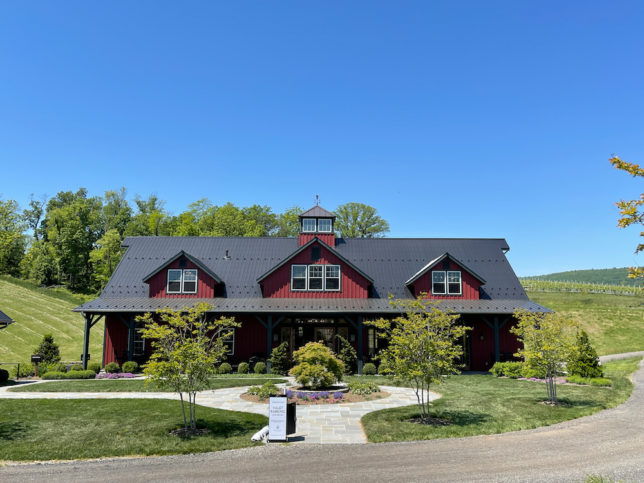
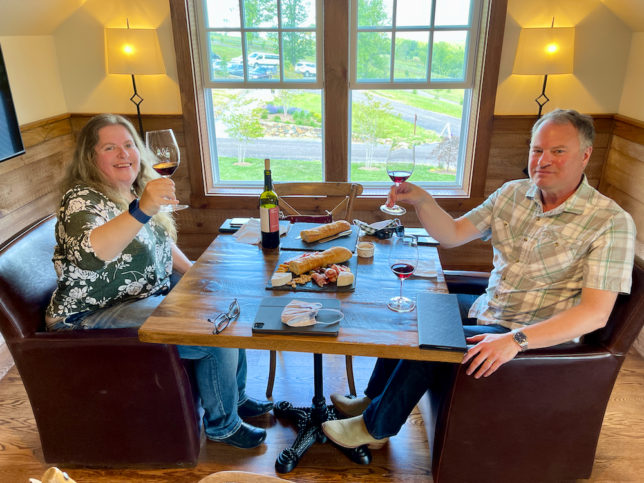
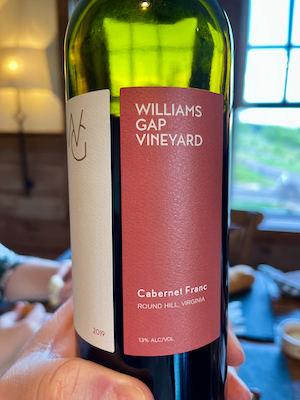 As we tasted through our flight of wines, Ken filled us in on Williams Gap story. Virginia wine lovers may recognize the Williams Gap designation from the red blends poured at Delaplane Cellars. Those grapes do indeed come from the Williams Gap Vineyard. Owner Jack Sexton planted the vineyard on the Williams Gap site in 2006 and sold the grapes to area wineries including Delaplane Cellars. Sexton decided that Williams Gap would pursue its own rather recently, and 36 of the 200 acres of Williams Gap property is currently planted with vines. Additional plantings of Chardonnay and Sauvignon Blanc will result in another 14 acres of vines planted. Current case production is 1300, and wine production takes place under the skilled direction of Rob Cox at Paradise Springs. Expect to see a Rosé to be released in June. The tasting room has been open since the end of April.
As we tasted through our flight of wines, Ken filled us in on Williams Gap story. Virginia wine lovers may recognize the Williams Gap designation from the red blends poured at Delaplane Cellars. Those grapes do indeed come from the Williams Gap Vineyard. Owner Jack Sexton planted the vineyard on the Williams Gap site in 2006 and sold the grapes to area wineries including Delaplane Cellars. Sexton decided that Williams Gap would pursue its own rather recently, and 36 of the 200 acres of Williams Gap property is currently planted with vines. Additional plantings of Chardonnay and Sauvignon Blanc will result in another 14 acres of vines planted. Current case production is 1300, and wine production takes place under the skilled direction of Rob Cox at Paradise Springs. Expect to see a Rosé to be released in June. The tasting room has been open since the end of April.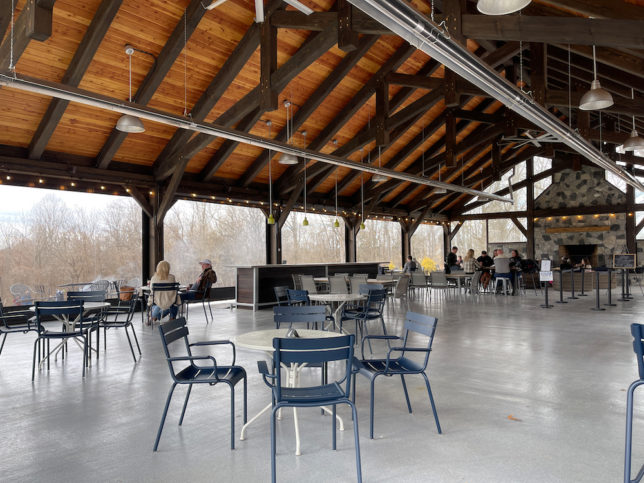
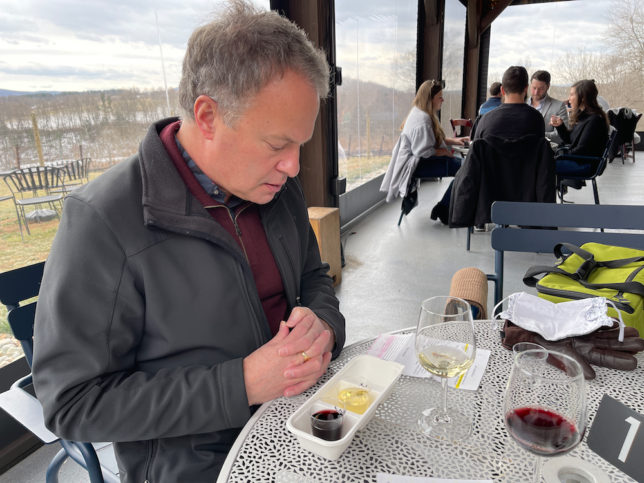
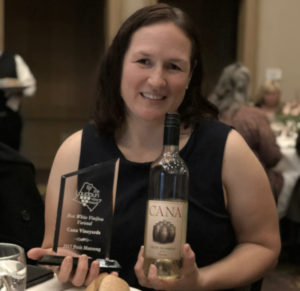
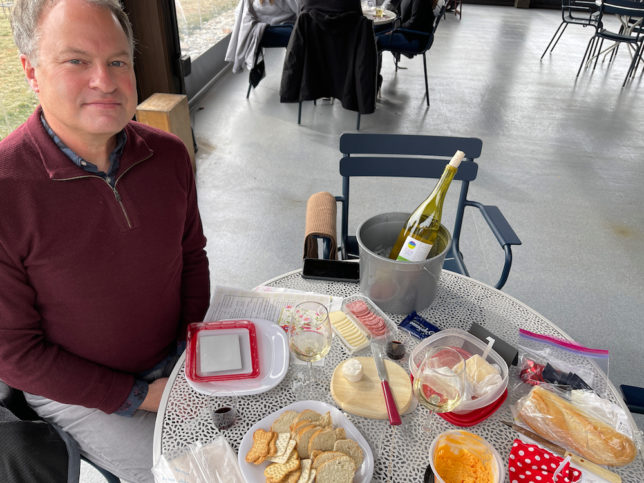
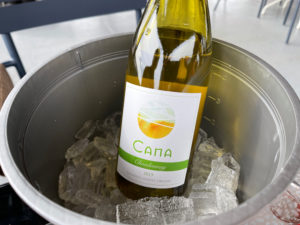
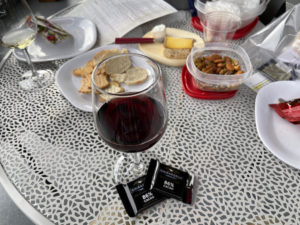
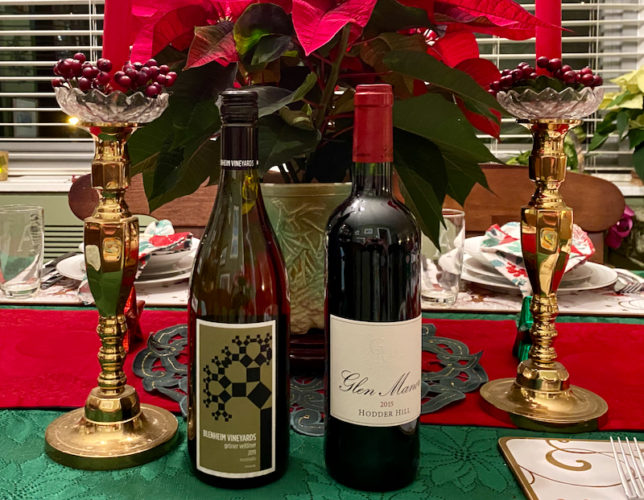
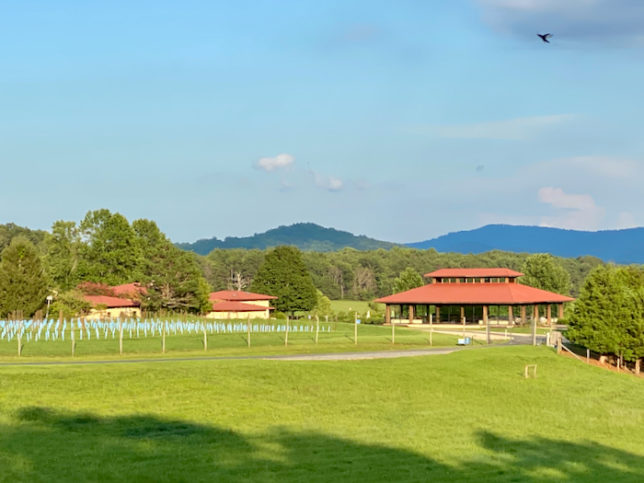
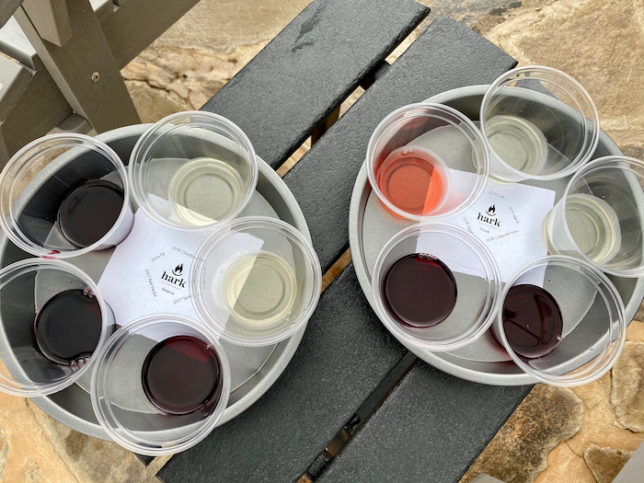
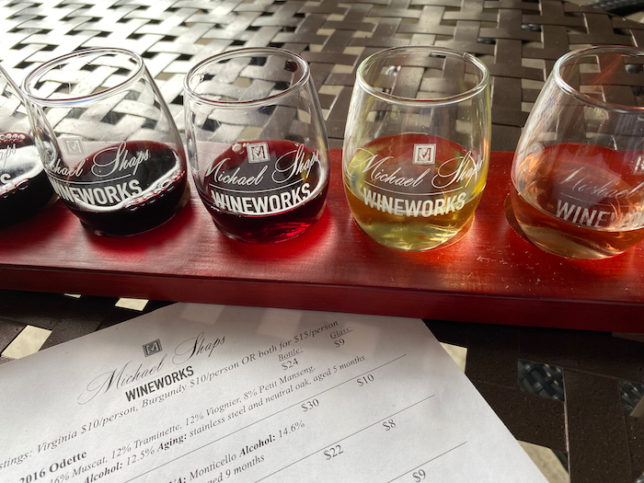
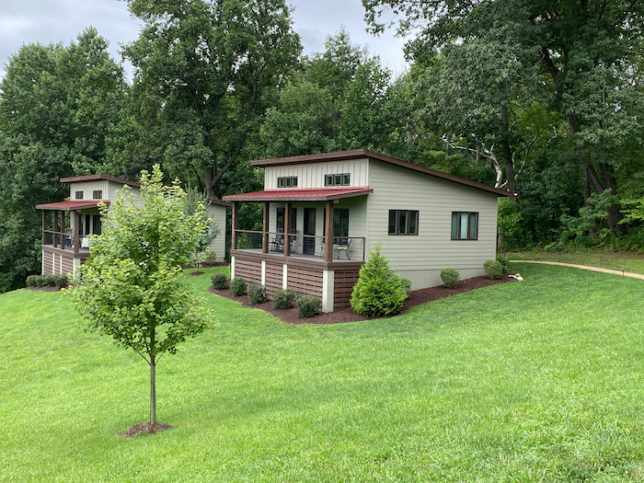
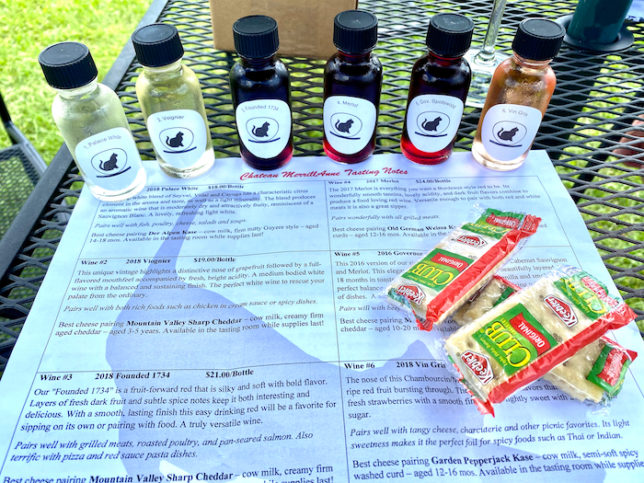
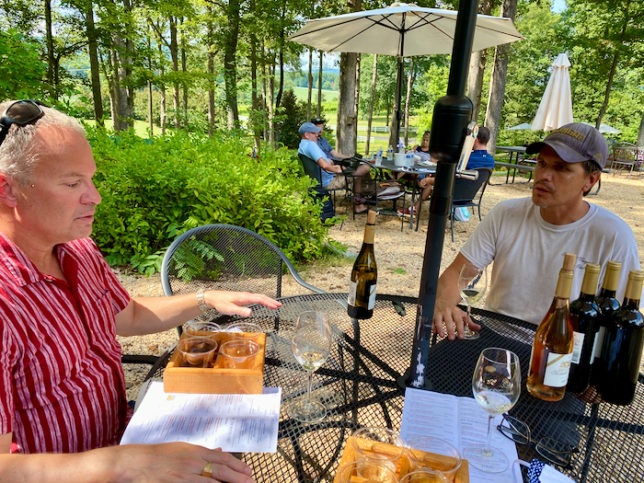
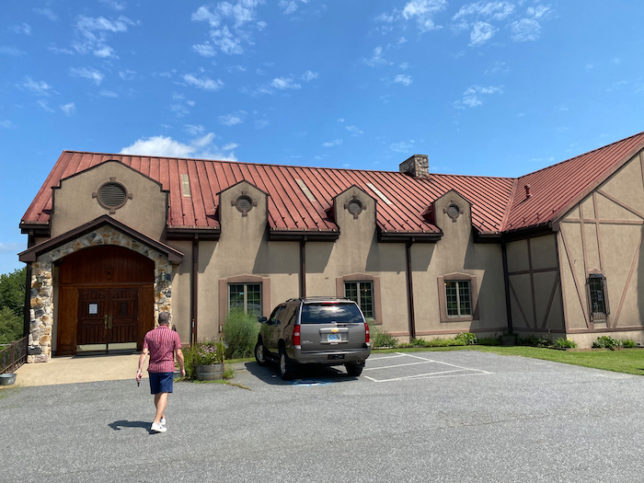
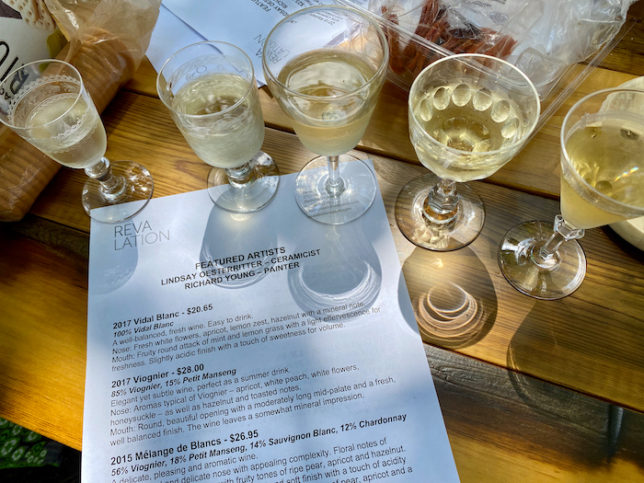
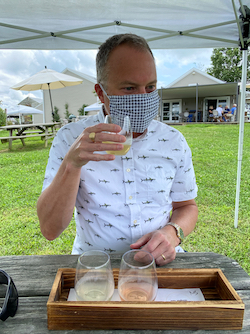 Masks: Yes—-wear them. Wear a face covering to converse with a tasting associate, to enter the building to use the restroom, or when you are not otherwise sipping wine. Masks may be removed when drinking or eating. Also, respect distanced seating arrangements and avoid moving furniture.
Masks: Yes—-wear them. Wear a face covering to converse with a tasting associate, to enter the building to use the restroom, or when you are not otherwise sipping wine. Masks may be removed when drinking or eating. Also, respect distanced seating arrangements and avoid moving furniture.
